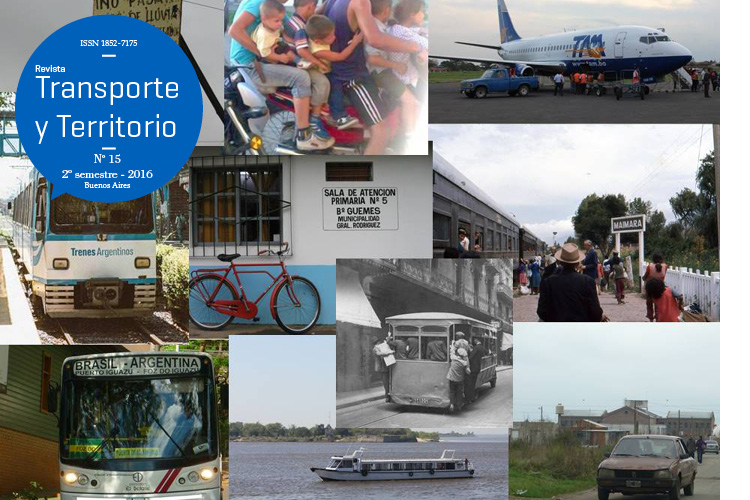¿Una trayectoria hacia la insustentabilidad? La movilidad terrestre en la isla Santa Cruz, Galápagos
Palabras clave:
transporte terrestre, islas, desregulación, continentalización
Resumen
Analizamos el modelo de movilidad terrestre en una isla del archipiélago de Galápagos desde c.1990 hasta 2014, para conocer si está transitando hacia la sustentabilidad o si se está orientando hacia uno insustentable basado en vehículos motorizados movidos por combustibles fósiles. Si bien la población local aún prefiere movilizarse a pie o en bicicleta y se han construido ciclovías, también ha crecido mucho el número de vehículos motorizados, especialmente de taxis-camioneta y motos, muchas ingresadas de manera ilegal. Ello ocurre por varios factores: aumento del turismo y la población residente, expansión urbana de Puerto Ayora y de poblados rurales de la isla, elección de sitios de vivienda alejados del núcleo urbano, la distinción que confieren los vehículos motorizados, y falta de control y cumplimiento de las regulaciones que se crean para la movilidad y el transporte. El poder instituido del sector de taxis-camioneta parece ser uno de los principales impedimentos para fortalecer medios masivos de transporte de calidad, en lo que sería otro síntoma de la continentalización de esa isla. Se considera el caso a la luz de las reflexiones sobre Galápagos y sobre la movilidad sustentable en otros sistemas insulares y ciudades del mundo.Descargas
La descarga de datos todavía no está disponible.
Cómo citar
Cuvi, N., & Guijarro, D. (1). ¿Una trayectoria hacia la insustentabilidad? La movilidad terrestre en la isla Santa Cruz, Galápagos. Revista Transporte Y Territorio, (15), 216-240. https://doi.org/10.34096/rtt.i15.2859
Sección
Artículos

1.jpg)

3.png)























